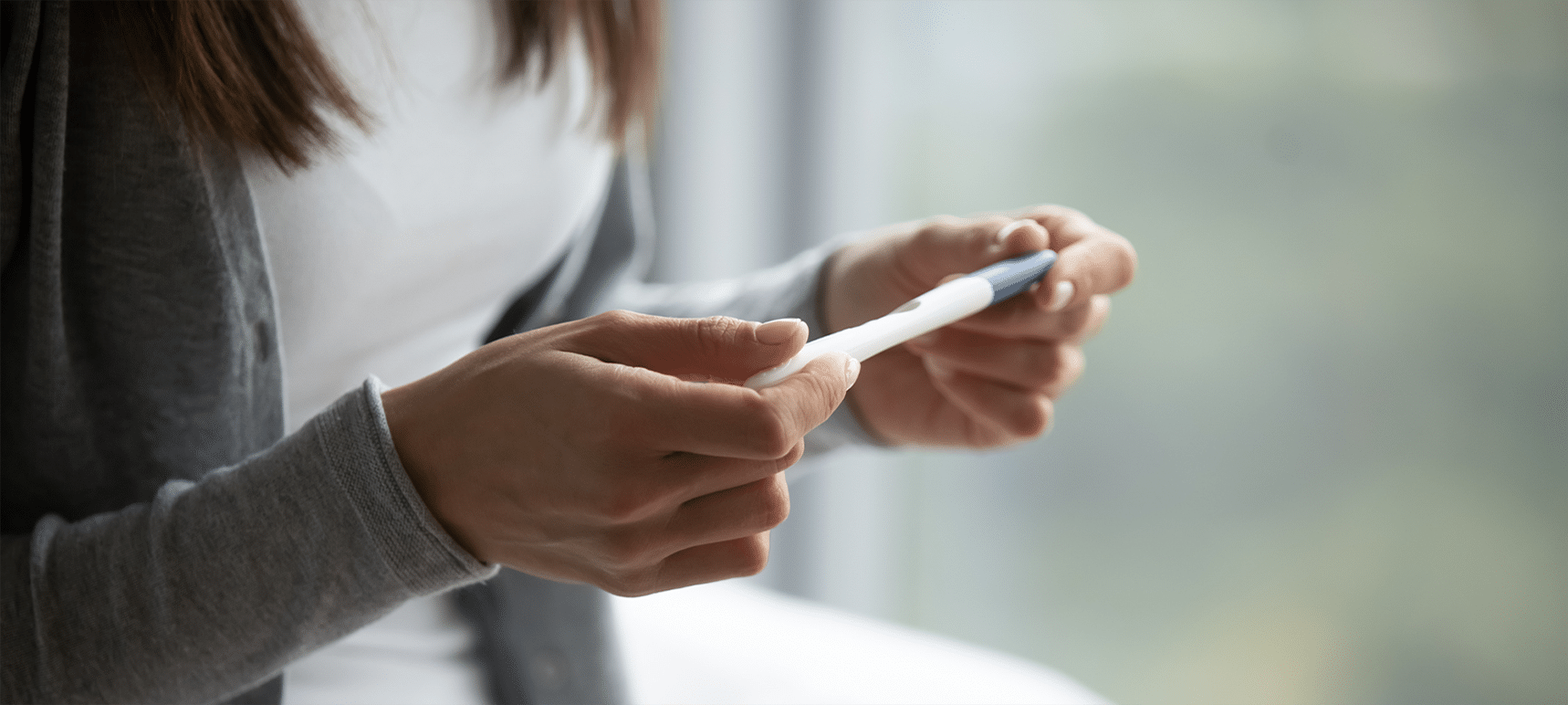
What to Expect During a Hysteroscopy
We at Diana Health care about your physical and emotional health and experience. Below is some information that will help you better understand what a hysteroscopy is, the surgical procedure, and routine pre and post-operative instructions. Your healthcare provider will review all the necessary information with you when you meet. If you have any questions along the way, please ask. We care about you and want you to feel as comfortable as possible as you approach having this procedure. We are only a call away and will be there with you throughout this process. Our doctors are experts at surgical procedures such as hysteroscopies, and you can rest assured that you are in good hands.
If your Diana Health team gives you any instructions that vary from what is below, please follow those instructions or modifications, as they know your medical history and the specifics about your upcoming procedure.
What is a Hysteroscopy?
A hysteroscopy is a surgical procedure where your doctor uses a device with a camera (a hysteroscope) to see inside of your uterus (womb).
What are some common reasons for a Hysteroscopy?
Hysteroscopies are done for a variety of reasons. Some include heavy or irregular bleeding, bleeding after menopause, an ultrasound that shows a possible polyp, fibroid, or thickened lining of the uterus, as well as other less frequent indications.
Preparing for a Hysteroscopy
Prior to your procedure you will talk with your doctor as well as one of the Diana Health nurses or medical assistants to ensure that you understand how to best prepare for your hysteroscopy. Ideally we like for you to be as healthy as possible prior to your surgery, so try to eat foods that nourish you, get adequate physical activity (but don’t start a vigorous new exercise routine), and get plenty of sleep.
A prescription may be sent to your pharmacy for you to fill prior to your surgery so that you have the medication available once you return from the hospital. If your procedure is being done at the hospital or surgery center with anesthesia, you will want to bring a support person with you so that they can talk to your healthcare provider after the procedure and be there to help you remember any follow-up instructions as well as drive you home when you are discharged.
Additional preparations include:
- If the procedure is being performed at a hospital or surgery center, most likely, you will be asked to not eat or drink anything after midnight the night prior to your surgery
- The morning of your procedure, take a shower but do not shave
- Remove any jewelry or piercings as these are best to leave at home
- If you wear contacts, bring or wear your glasses instead
- Leave all valuables at home
- Decide who will be driving you to and from your surgery
- Wear comfortable clothes that are not restrictive so that they can easily be put on after surgery and won’t be tight, especially around your abdomen and pelvis
Someone from anesthesia will talk with you before surgery and may give you medication to help you relax.
During Your Hysteroscopy
- After your questions are answered, the consent form is signed, and you talk with your gynecologist and anesthesiologist, you will be taken to the procedure room.
- Anesthesia is administered so that you are unaware of the procedure and will wake up in the recovery room.
- Your legs are placed in stirrups as they typically are for a pap smear.
- The doctor does a pelvic exam to feel the position of your uterus.
- The vagina and cervix are cleaned thoroughly.
- A hysteroscope, with a light source and camera, is placed through the cervix (at the top of the vagina and the opening to the uterus (womb)) and into the uterus.
- Fluid is used to fill the uterus so that the camera can see the inside of the uterus.
- While holding the end of the hysteroscope, the physician can move the hysteroscope, allowing them to see the endometrial lining (lining of the uterus) and anything else that may be in the uterus, such as a polyp.
- The physician sees the uterine lining on a TV screen in the operating room in real time, so that they can explore all of the areas of the uterus.
- If the physician sees anything that needs to be removed or tissue that needs to be sampled, they may use very small tools that go through the cervix and into the uterus, to remove the tissue to send to pathology for examination.
- Polyps or growths of tissue are the most common tissue that is removed during a hysteroscopy.
- Pictures are often taken during the procedure, especially if there are any abnormalities so that they can be shared with you upon waking.
- If other procedures are being performed in conjunction with your hysteroscopy, these may be done after the hysteroscope is removed from the uterus. Sometimes a curettage (sampling of the tissue lining the uterus) is done so that this tissue can be sent to pathology to be examined.
- After the procedure is done, you are taken to the recovery room and will wake up.
How to Recover From a Hysteroscopy
- The recovery from the procedure depends upon why the hysteroscopy was performed, if any other procedures were done, your personal health condition, and the circumstances surrounding your procedure. Most women are able to have their hysteroscopy done as an outpatient where they do not need to spend the night in the surgery center or hospital. You will stay in the recovery area until you are comfortable and ready to be discharged home with an adult who can drive you home.
- After returning home, the recovery period continues. Your doctor will let you know when you can resume your normal physical activities. You will be told to abstain from sexual intercourse and vigorous exercise initially.
- If needed, your doctor will send you home with medications to help you with pain management during recovery. If you have any problems after going home such as a temperature greater than 100.5, heavy bleeding, severe pain or other concerns, you should seek care and reach out immediately.
- Make sure to keep your post-operative follow-up appointment with your Diana Health provider.
At Diana Health we care about your entire experience, from the moment you consider having a hysteroscopy until you are fully recovered. We are only a phone call away. Please reach out with any questions or if you have any unexpected symptoms or if you need any assistance. Never worry alone. We will be here with you each step of the way, through this procedure and as your health journey continues long beyond this procedure.
Share This Post
























